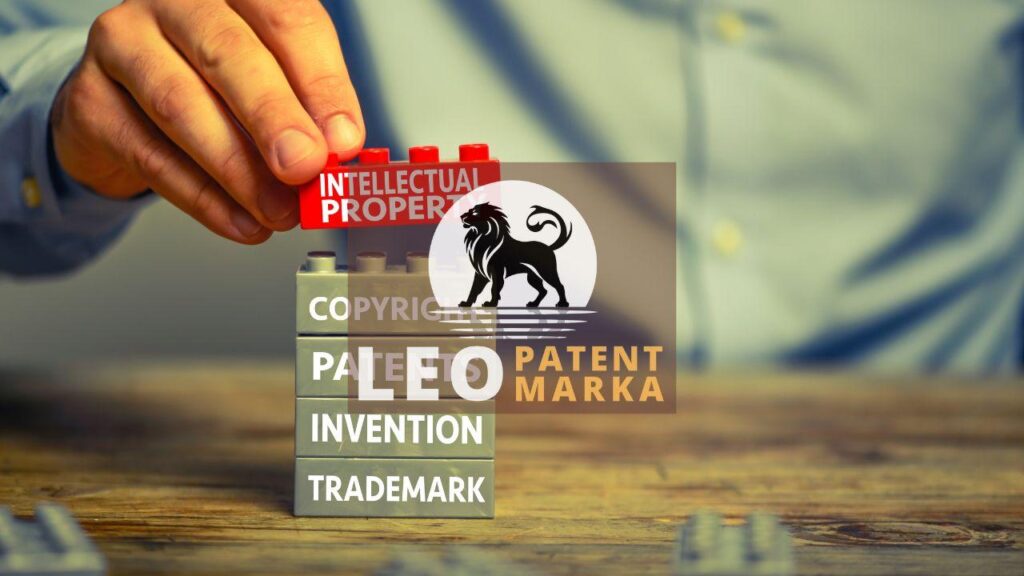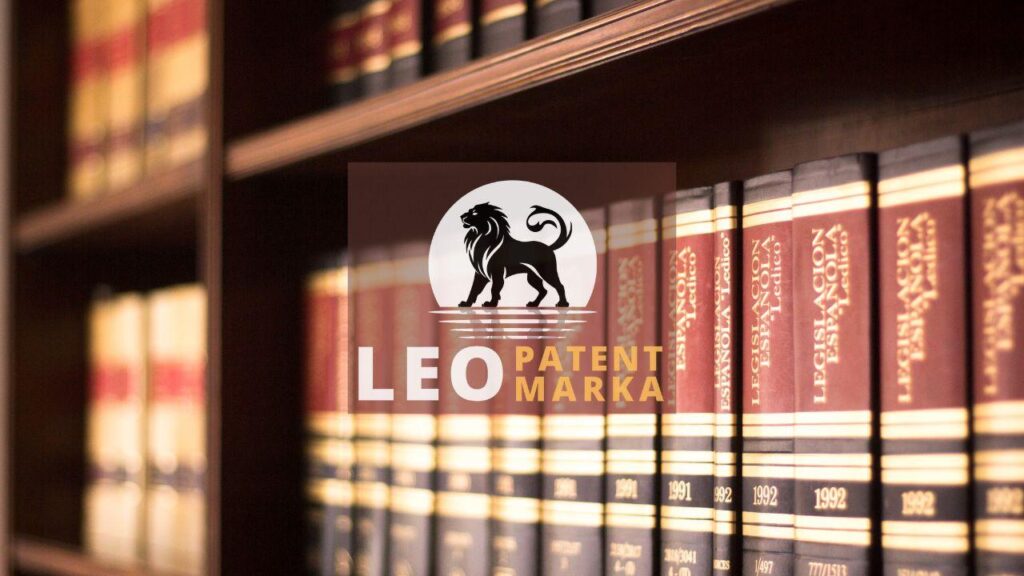Navigating the PCT process for patent applications can feel like trying to chart a course through murky waters. Understanding this process is vital, especially if you’re aiming for international patents. The Patent Cooperation Treaty (PCT) offers a streamlined path for patent filing, serving as a beacon for inventors worldwide. By using the PCT, applicants can file an initial international application, which simplifies seeking protection across multiple countries. Think of it as planting the seeds of your innovation globally. The PCT process, while complex, also carries PCT benefits, such as extended time to assess the commercial viability of an invention and deferring the costs of filing in multiple jurisdictions. By doing so, it ensures inventors can make informed decisions on where to seek patent protection. Mastering the PCT process is like unlocking the doors to the global market, making sure your invention doesn’t just remain a hidden gem but shines in the right light.
Navigating International Patents: Key Steps in the PCT Process
Embarking on the journey of international patents through the PCT process is akin to setting sail with a reliable compass. The first key step in patent filing is a thorough initial research phase. This phase prevents potential overlaps and ensures your innovation stands unique in the patent landscape. Once that’s done, prepare your international application with precision. This application acts as your ticket to accessing PCT benefits across multiple countries. Next, consider the international search report, shedding light on similar patent applications worldwide. It’s a tool that aids in determining the novelty of your invention with clarity. The PCT process then offers a preliminary examination, giving you that vital feedback loop for enhancing your application. By the end of these steps, inventors hold not just papers but potential keys to unlock global opportunities, proving that meticulous groundwork now saves potential hurdles later.
Think of the PCT process as your trusty guide in the vast landscape of international patents. After you’ve squared away the initial steps, it’s time to focus on specific national phases. This is the point where you choose the countries in which you seek patent protection. Each choice requires careful consideration, as it significantly impacts both the PCT benefits you can reap and the strategic positioning of your invention. Tailor your approach for patent filing in each jurisdiction to abide by specific national laws and requirements. Keep an eye on deadlines; it’s like keeping your sails tight in a strong wind—crucial to ensure smooth progress. Stretching too thin or missing a cue can lead to lost opportunities, underscoring the importance of vigilance in patent applications. As the journey unfolds, flexibility and foresight become your silent allies, ensuring that your unique innovation lands securely on international shores.
Venturing further into the PCT process demands a keen understanding of the nuances involved in international patents. Picture each step like building blocks that, together, lay a strong foundation for your patent filing ambitions. Once you’ve embarked on this journey, tapping into essential PCT benefits like extended examination times becomes pivotal. These advantages afford inventors the flexibility to refine their patent applications and increase the invention’s market readiness. Communication with international patent offices is crucial at this stage, akin to navigating through foreign waters with a steady hand on the helm. Here, diligent attention to detail and strategic communication channels are your best allies. As you align these elements meticulously, the PCT process transforms into a powerful tool, empowering inventors to claim their rightful space on the crowded stage of global innovation.
Strategies for Enhancing Your PCT Application Success
Crafting a successful PCT application begins with thorough preparation and strategic foresight. First, conduct extensive research to identify existing patents and ensure your innovation stands out in the vast ocean of international patents. This step is crucial for securing a robust patent application. Next, focus on detailed descriptions and clear claims; they form the backbone of your PCT filing. Remember, clarity in patent filing can make the difference between smooth sailing and choppy waters. Consulting with experienced patent professionals is not merely advised, it can be the anchor that keeps you steady. Their insights into the PCT process and PCT benefits, like cost deferral and extended time, can guide you through the maze of legal requirements. Building a compelling case for your invention not only enhances your chances but also sets a firm foundation for protecting your idea across borders.
One key strategy in elevating your PCT process success lies in leveraging international search reports effectively. These reports provide vital feedback on your patent applications, helping to identify strengths and potential weaknesses. Consider them your roadmap through the intricacies of international patents. Using this knowledge, refine your patent filing to strengthen your application’s foundation. Another tactic is timing; make the most of the extended timeline afforded by PCT benefits to assess market conditions and competitors before making pivotal moves. Networking with fellow inventors and professionals can also offer insights into unforeseen challenges and provide fresh perspectives. Don’t let the fear of the unknown keep you anchored. Embrace these strategies to navigate the PCT process with confidence, ensuring your patent applications not only reach the shore but thrive in the global arena.
An underrated yet powerful tool in your PCT process arsenal is the preliminary examination request. This PCT benefit allows for an optional, detailed review of your patent applications, helping to refine claims and improve overall clarity. Think of it as polishing your invention’s appeal before it hits the global stage. Cultivating strong relationships with international patent offices can also be a game changer. These collaborations open doors to insights into regional regulations, ensuring your patent filing aligns with international patents and specific jurisdictions’ expectations. Additionally, consider engaging in patent citation analysis. By understanding citations linked to your innovation, you can uncover potential competitors and gauge the existing market landscape. This strategy not only bolsters your application but transforms perceived obstacles into growth opportunities. Commit to these enhancements, and watch your PCT process journey reflect success beyond borders.
Common Pitfalls to Avoid in the PCT Application Journey
In the PCT process, watching out for common pitfalls can save you from headaches down the road. Many inventors leap into patent applications with international patents in mind, but rushing can lead to oversights. One common mistake is failing to meet key deadlines. Missing these can halt your patent filing and cause delays in the PCT process. Another pitfall is insufficient research. Without understanding the PCT benefits and requirements of each involved country, applicants can face rejection. Language barriers can also trip up applicants, especially in translations. It’s crucial to ensure your documents are translated accurately to prevent misunderstandings. Remember, the devil is in the details. Planning ahead and staying organized can steer you clear of these pitfalls. Treat the journey like a marathon, not a sprint, and you’ll be better positioned to reap the full PCT benefits and secure your international patents successfully.
Avoiding these pitfalls in the PCT process means understanding the significance each step holds in patent applications. Misjudging the timeline is another area where inventors trip up—filing too late can slam the door shut before international patents are secured. The PCT process demands precision, and overlooking small details can lead to unexpected costs. For instance, failing to promptly pay the necessary fees during patent filing can disrupt your timeline. Similarly, overconfidence in the initial application can lead to neglecting potential markets, missing out on PCT benefits in strategic jurisdictions. It’s like building a house of cards; one wrong move crumbles the whole effort. Being proactive, double-checking each phase, and valuing each aspect’s weight are like having a sturdy framework, ensuring your global patent endeavor stands firm. Ultimately, these early precautions in the PCT process pave the way for a successful journey in obtaining international patents.
Another frequent stumbling block in the PCT process is underestimating the complexity of patent applications when aiming for international patents. Imagine launching a ship without a clear map; you might find yourself lost amidst the tides. The PCT process requires a nuanced approach, particularly when considering diverse patent filing requirements across countries. Each region may demand unique documentation, and overlooking these can lead to costly missteps. Additionally, applicants might not fully grasp the gravity of the PCT benefits, such as strategic time extensions for evaluating patent opportunities. Without leveraging these benefits, inventors might rush into decisions that aren’t well-grounded. It’s also vital to keep abreast of legal changes in targeted jurisdictions, as these can catch applicants off guard, like an unexpected storm. Keeping an eye on these potential pitfalls is like having a seasoned navigator, ensuring your international patent journey sails smoothly.
Disclaimer: This article is for general information purposes only and it is recommended that you consult experts and companies in that field to evaluate your specific situation. We are not responsible for any damage that may arise from the use of the information in this article.







